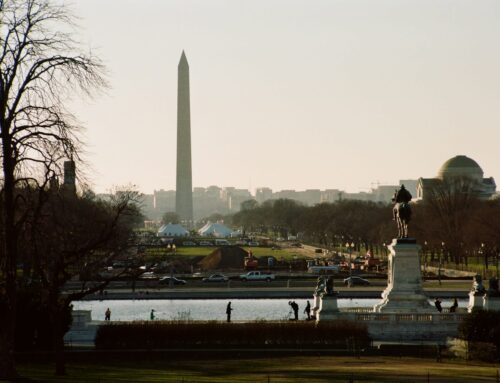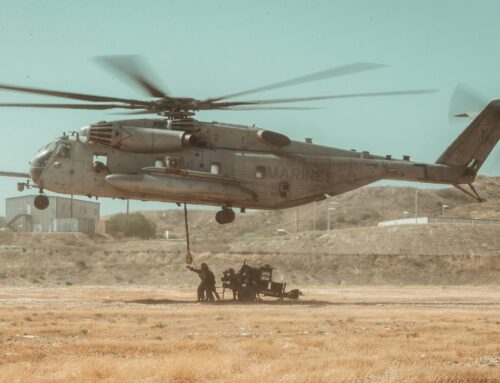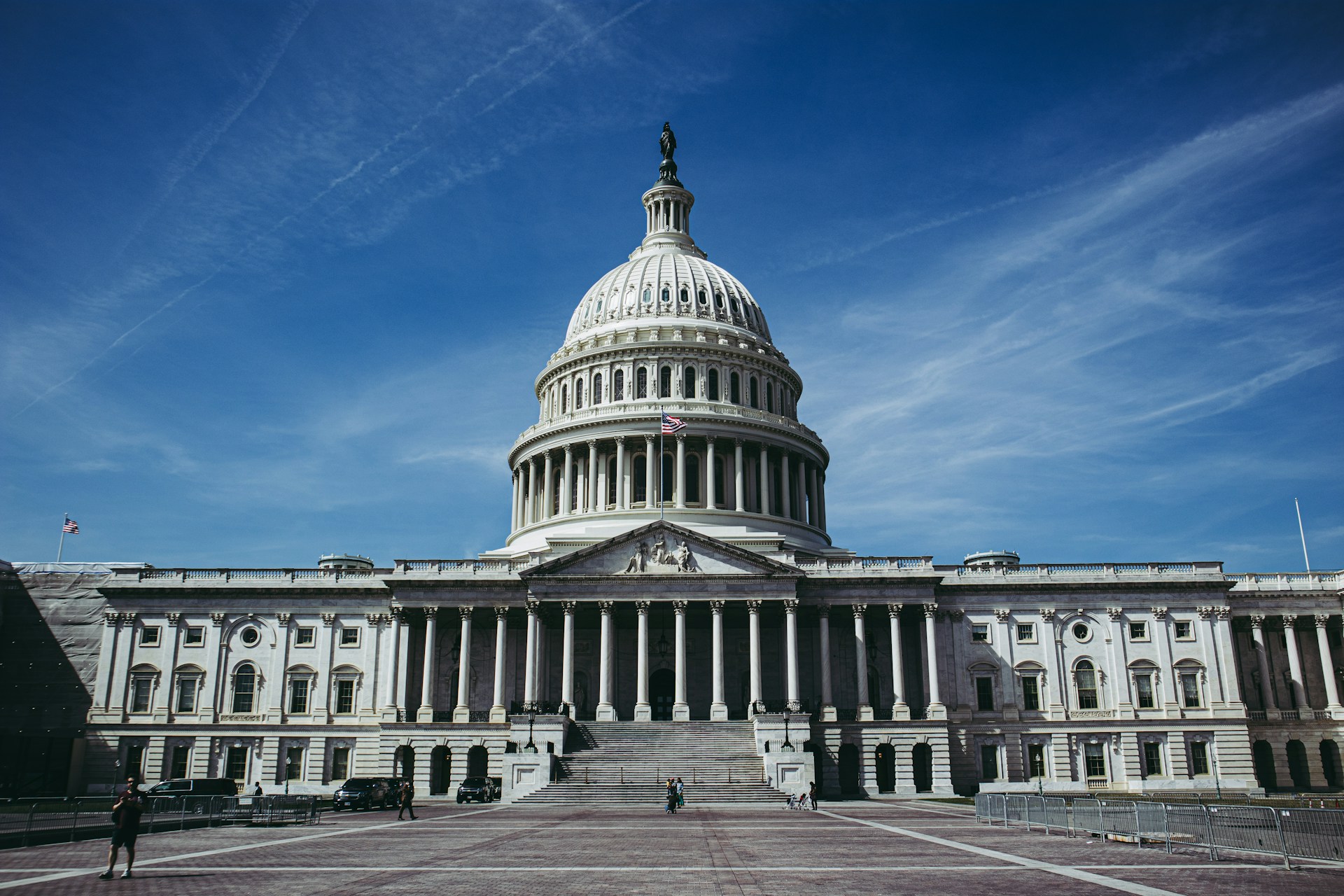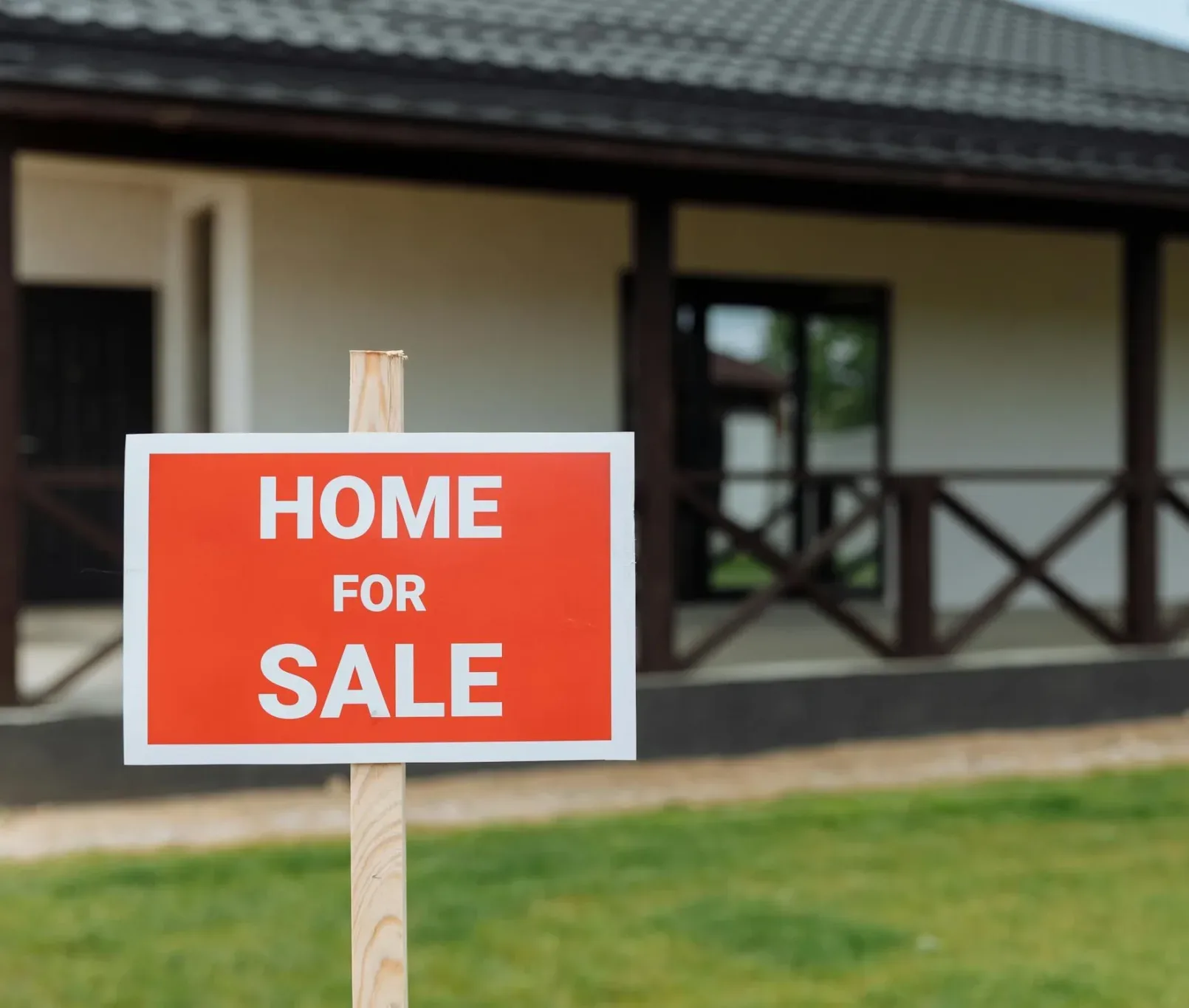Washington is up in arms about the several cabinet members under investigation for using private planes, military planes, and generally expensive travel habits at the expense of the taxpayer. The resignation of Health and Human Services Secretary Tom Price serves as a cautionary tale about the consequences of using taxpayer dollars to pay for extravagant practices.
But the bigger scandal is what’s not being reported: that regular Americans are subsidizing luxury travel for all wealthy private flyers at a cost to taxpayers in the billions. If Congress really wants to show voters it won’t tolerate subsidizing luxury travel, it should look at closing the billion-dollar loophole that allows wealthy private jet owners to avoid paying their fair share.
Corporate and private jets are treated very differently than commercial passengers when it comes to paying for the nation’s aviation infrastructure. The system is primarily funded by the Airport and Airway Trust Fund (AATF), which is financed through taxes on fuel, passengers, and cargo. While commercial passengers pay these taxes through additional fees, such as the Passenger Facility Charge and other aviation taxes that are added when they purchase their tickets, private and corporate jet owners only pay taxes on fuel and gasoline, which only generates about 1.5 percent of the system’s total revenue. This approach is unique to the United States, where the private jet lobby has far-reaching influence. Most other countries require the system’s users (commercial and general aviation) to pay for that system based on their use of ATC resources.
In total, high-end private jets use approximately $1 billion in ATC resources a year, or about 10 percent of system costs. Because of these tax breaks, private jet use contributes less than half of 1 percent of funding to ATC operations. In other words, their system usage is vastly disproportionate to their contribution — and taxpayers are left to make up the difference.
In a recent analysis, Bloomberg compared the taxes paid by private jets and commercial jets on the same flight paths. On average, private jets paid just 7 percent of the taxes paid by commercial flyers. Looking at a trip from New York to Los Angeles, the difference was almost 87 percent more in taxes for a commercial flight compared to a private one.
While private jets pay a small fuel tax, the exemptions from other taxes means that the benefits are even greater when a private jet flies a shorter route. Bloomberg found that while a trip between Nashville and Philadelphia costs a commercial flight more than $2,000 in taxes, it costs a private jet only $50 in taxes.
High-end private jets get away with paying less on the same route even though the ATC resources needed for a private plane and commercial plane are virtually the same. From where an air traffic controller sits, it doesn’t matter whether they’re guiding a fully loaded 747 with 500 passengers on board or a Gulfstream V with one person onboard. The fact is only one plane can occupy one segment of airspace and one runway at a time with zero margin for error.
A more equitable approach to the funding of our aviation system would be to ensure that corporate and private jets owners pay for the resources they use. There’s no reason why everyday flyers should pay 40 times more than wealthy “one percenters” for an 800-mile trip between the nation’s capital and the Music City.
So while anger is directed at cabinet secretaries and their extravagant use of private jets — 26 flights in 35 weeks for Price, which seems hard to justify — don’t forget the 50,000 Americans that fly on taxpayer-subsidized private planes each day. The 2 million passengers who fly commercial shouldn’t be forced to underwrite their travel anymore.











Get Social